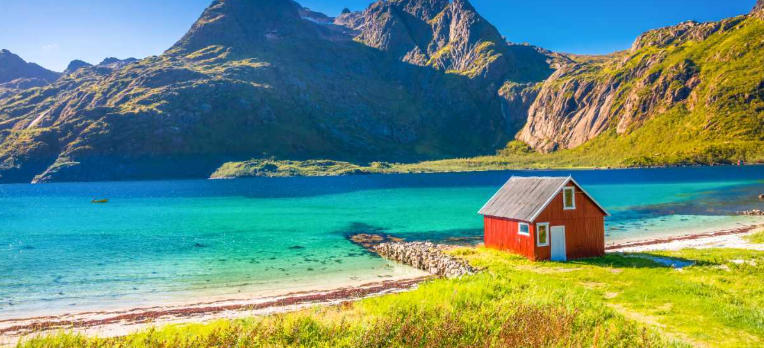Introduction
Mountains play a crucial role in shaping weather patterns around the world, and Norway is no exception. The dramatic landscape of this Scandinavian country features towering peaks and deep valleys, creating a unique climate that influences everything from daily weather to long-term climate trends. Understanding how mountains affect weather in Norway can provide valuable insights for residents, travelers, and anyone interested in the natural environment.
The Rain Shadow Effect
One of the most significant ways mountains impact weather is through the rain shadow effect. As prevailing winds carry moist air toward Norway’s coastal mountain ranges, the air rises and cools. This process leads to condensation and precipitation on the windward side, resulting in lush, green landscapes and abundant rainfall. However, as the air descends on the leeward side, it warms up and dries out, creating drier conditions. This phenomenon explains why western Norway is known for its rain while the eastern regions tend to be much drier, demonstrating a fascinating interplay between topography and climate.
Temperature Variations
Mountains also create pronounced temperature variations in Norway. The altitude significantly affects climate; as elevation increases, temperatures tend to drop. This leads to distinct microclimates within short distances, meaning you can experience different weather conditions just by moving a few miles up a mountain. For example, areas at lower elevations may be green and mild, while higher regions can be covered in snow and ice year-round. These temperature differences not only affect local ecosystems but also influence human activities like farming, tourism, and winter sports.
Influencing Storm Patterns
Norway’s mountainous terrain can also alter storm patterns. When low-pressure systems move in from the ocean, the mountains can redirect and intensify these storms. This might lead to heavier snowfall in certain areas, which is particularly beneficial for skiing and winter tourism. However, it can also create challenges, such as avalanche risks and infrastructure strain during extreme weather events. Understanding how mountains influence storm tracks can help residents prepare for potential weather-related issues, ensuring safety and effective planning.
Conclusion
Mountains are much more than just beautiful landscapes; they are vital players in shaping Norway’s weather patterns. From creating rain shadows to influencing temperatures and storm behavior, these majestic peaks impact daily life in profound ways. If you’re intrigued by how geography shapes our environment, consider exploring more about Norway’s unique climate or planning a visit to experience its stunning mountains firsthand. Let the wonders of nature inspire your next adventure!

